The risk of catastrophic climate emergencies is growing.
Society needs options.
What We Do
ARC funds cutting-edge research and strategic partnerships to predict, prevent, and prepare for catastrophic climate risks
The world faces escalating threats from climate tipping points—ice sheet collapse, ocean current disruption, and large-scale methane release. While efforts to cut emissions and remove carbon are essential and must accelerate, they are unlikely to be enough to address these looming threats. Working with top scientific and technical experts, ARC advances critical R&D to ensure emergency measures are responsibly developed, technologically ready, and scientifically sound—empowering leaders with the knowledge to make crucial decisions when it matters most.
We are interested in
Ambitious ideas to address climate emergencies
Organizations working on similar climate challenges
Philanthropic partners to support climate emergency efforts
Current Areas of Focus
❶
Preventing Catastrophic Sea Level Rise
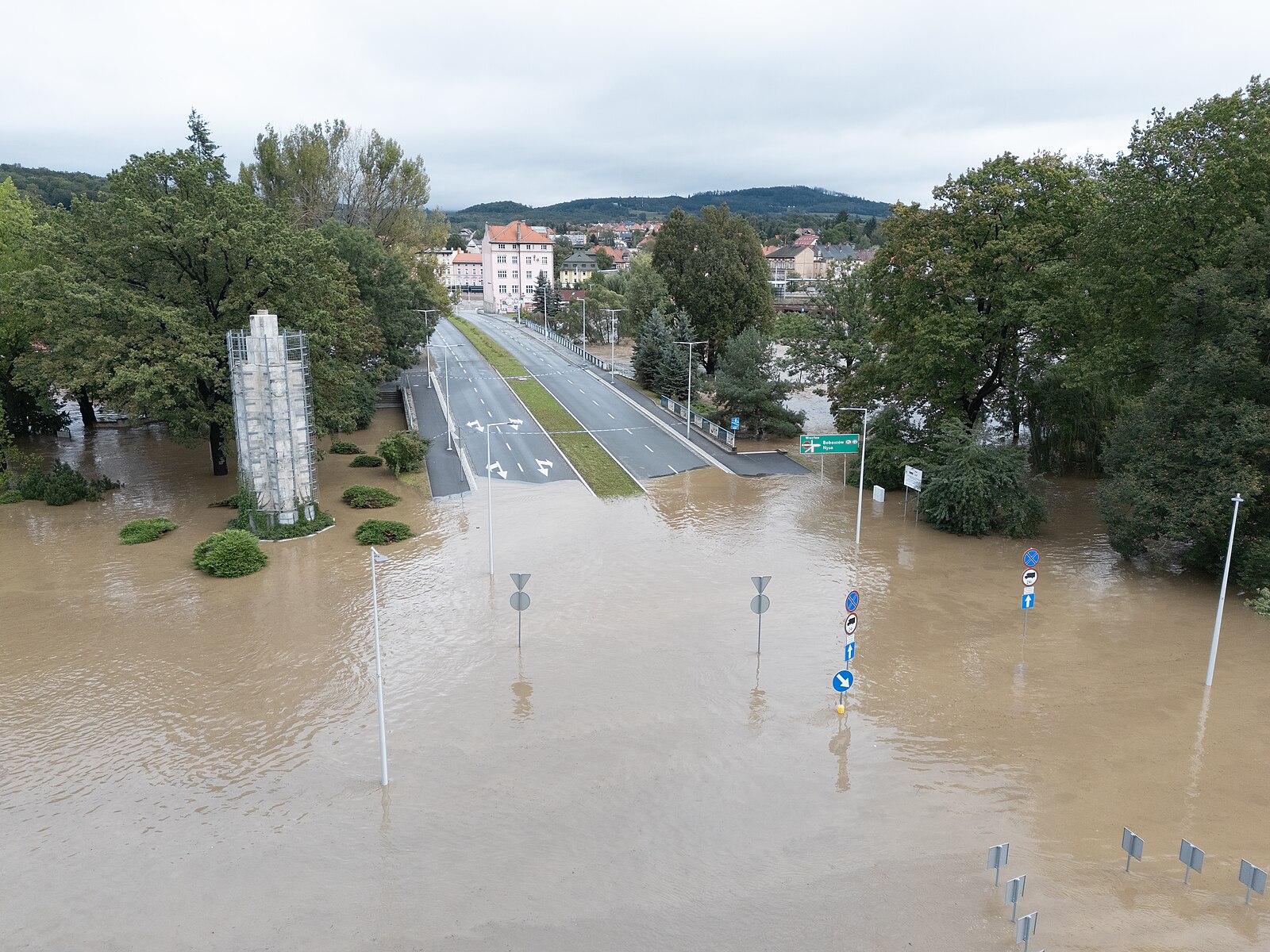
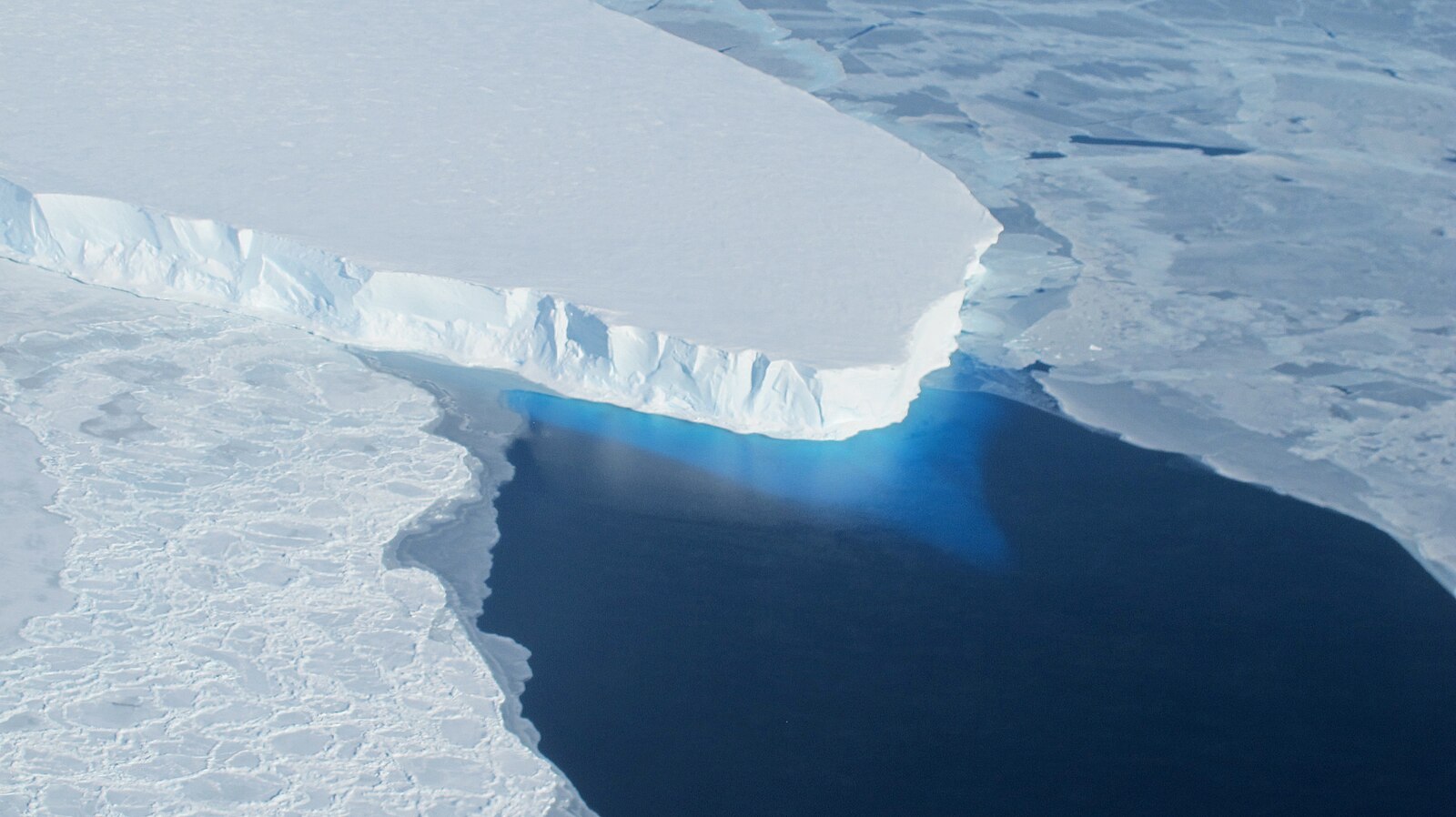
↑ Flooded bridge at Kościuszki Street in Kłodzko, 2024
↗︎ Thwaites Glacier in West Antarctica (NASA)
Current projections suggest that global sea levels will rise by 0.2-2m in the coming decades. Sea level rise above 0.5m (possibly 1m in rich countries that can afford more coastal adaptation measures) would be catastrophic for 100s of millions of people currently living in low-lying coastal zones. We must do everything in our power to avoid it. This largely means addressing the problem at its source, the ice sheets at the poles, but could also include approaches to reduce levels directly.
Read more
Approach
We are currently supporting translational R&D in two main areas:
- Stabilizing ice sheets by reducing temperature at the surface, pumping the water and/or heat from the glacial bed, or blocking warm ocean currents from reaching the glacier interface.
- Creating new seas in desolate inland depressions through large-scale infrastructure projects.
Impact
These efforts will prove (or disprove) the safety, efficacy, and scalability of catastrophic sea level rise risk-mitigation measures and create the conditions for their potential adoption and scaling by governments and multilateral institutions.
Projects
❷
Mitigating the Risks of Climate Overshoot
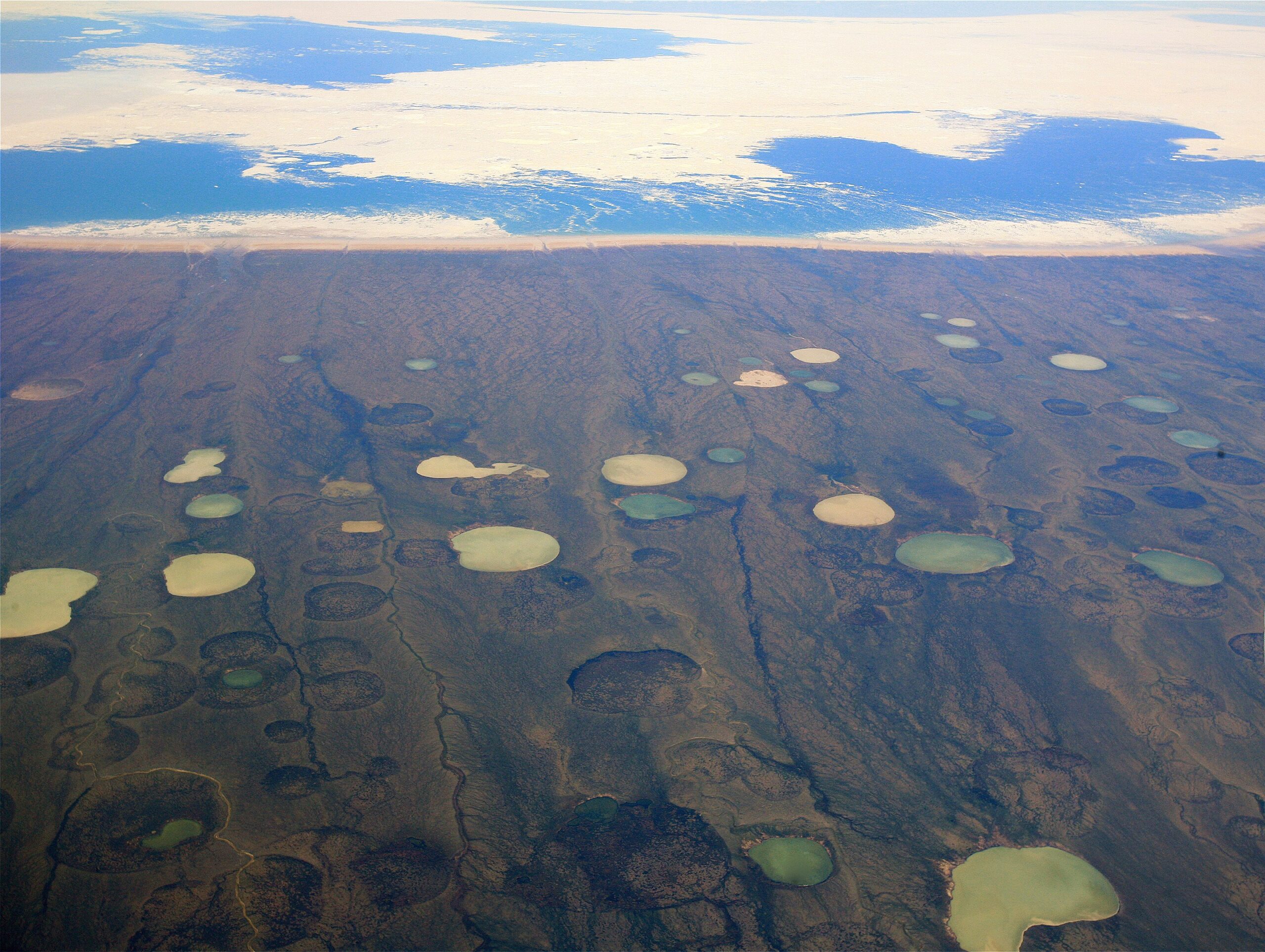

↑ Permafrost thaw ponds in Hudson Bay Canada, near Greenland (Steve Jurvetson)
↗︎ The Smog over NYC during the Canadian wildfires, as seen from Hoboken terminal
Overshooting the 1.5°C Paris Agreement target significantly increases the risk that we will trigger one or more Earth system tipping points. Some tipping elements, such as tundra destabilization and resulting methane emissions, or loss of highly reflective sea ice, would accelerate warming and exacerbate the overshoot period, making other tipping points more likely (the so-called tipping-point cascade scenario). Furthermore, anthropogenic sulfur emissions, largely from burning coal, are estimated to be “masking” (canceling an amount of warming that would be present otherwise) 0.5°C of warming globally through cloud brightening. This masked warming will be realized as these emissions are reduced through decarbonization and air quality efforts. The fact is that the world is already in overshoot, but we are (accidentally) brightening clouds with sulfur to avoid it (for now).
Read more
Approach
ARC will fund efforts across four areas to understand and mitigate climate overshoot:
- Developing options for mitigating the risk of rapid warming feedbacks, particularly from tundra destabilization and sea ice loss in the Arctic.
- Improving our understanding of existing sulfur emissions and their effects on the climate.
- Improving our understanding of under-resourced high-potential approaches to rapidly reduce atmospheric CO2 levels and thus the duration of the overshoot period.
- Equipping the world with the data and tools needed to make informed decisions about options for “peak shaving,” such as sunlight reflection.
Impact
While it’s unlikely the world will be able to avoid climate overshoot completely, urgent advancement of these important efforts will provide options for mitigating the worst overshoot scenarios and significantly reducing the risk of catastrophic impacts.
Projects
❸
Restoring Ocean Balance & Ecosystems
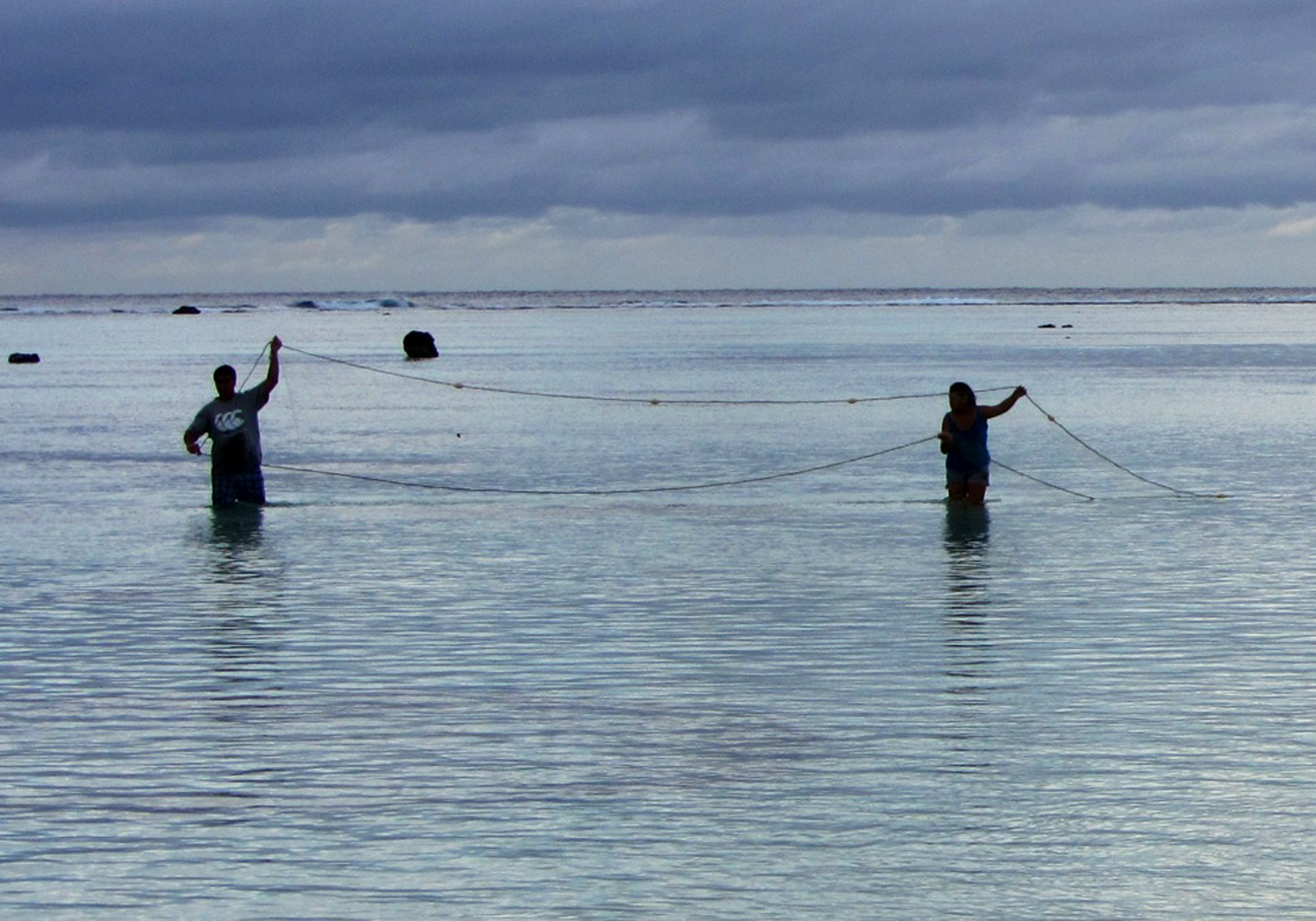
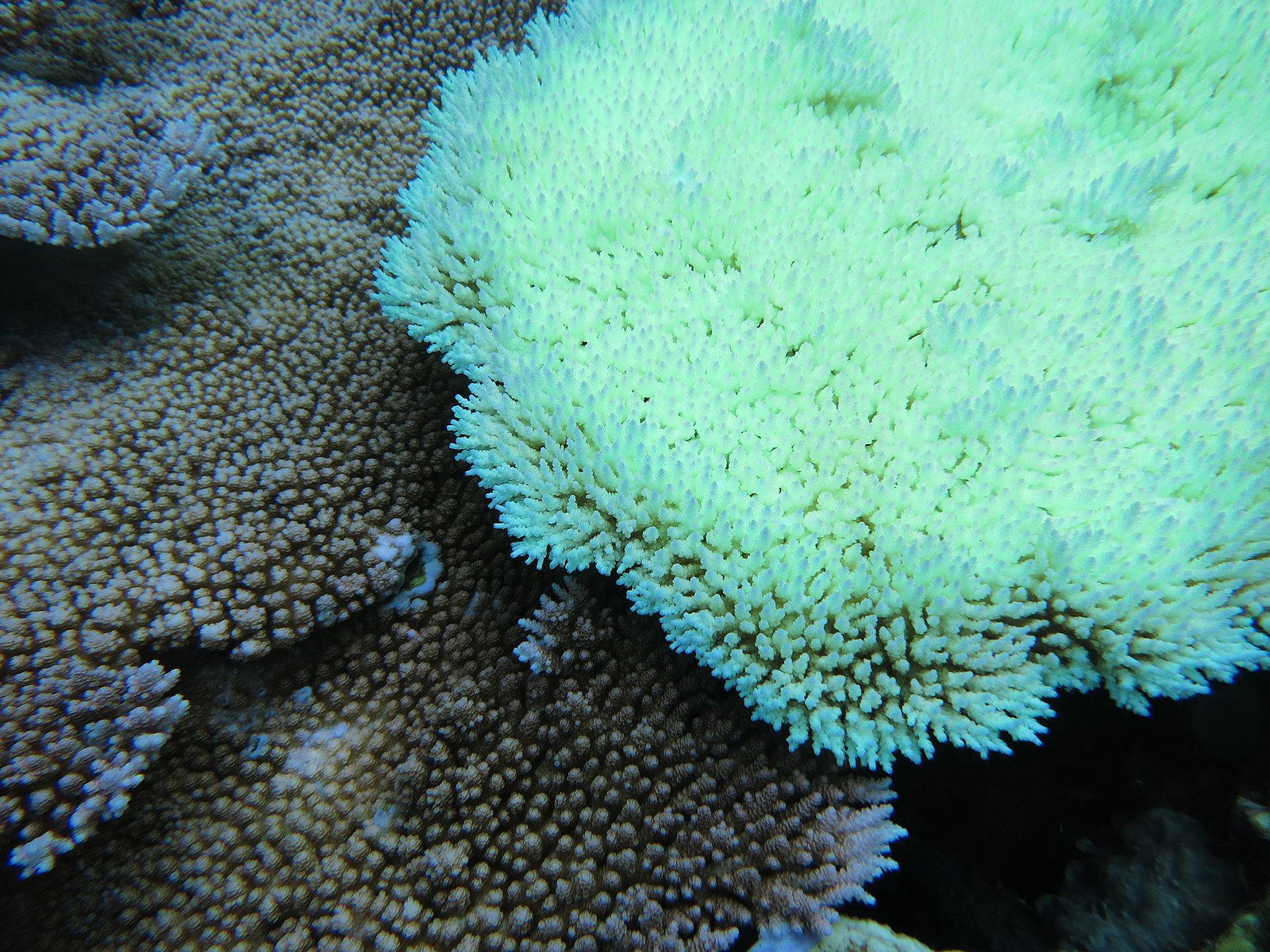
↑ Net fishing on Aitutaki Island, Cook Islands. (Lauren-Kristine Pryzant)
↗︎ example of coral bleaching in National Marine Sanctuary of American Samoa (Wendy Cover/NOAA)
The ocean is the most important bulwark we have against a changing climate. The ocean is crucial in stabilizing global temperatures, absorbing over 90% of the excess heat caused by increased greenhouse gases in the atmosphere. It also holds about 60 times more carbon than the atmosphere and absorbs 25-30% of anthropogenic CO2 emissions, making it the most important carbon sink on the planet. The oceans large-scale currents like AMOC help regulate climate by transporting warm water from the tropics northward and cold water southward, influencing weather patterns, sea level rise, and the carbon cycle. Finally, the vast biodiversity of the ocean (and the economies that rely on it) is acutely threatened by climate change.
In a 2°C world, 99% of corals are expected to die off, devastating ocean biodiversity and leading to an estimated loss of $375B in economic activity annually. Warming temperatures also reduce the amount of carbon the ocean can hold, threatening the ocean carbon sink. A significant slowdown or collapse of the AMOC would have dire consequences: drastically altered rainfall patterns, regional cooling in Europe, intensified storms in the tropics, disrupted marine ecosystems, and a reduced capacity for carbon and heat uptake. We must find ways to restore the ocean’s balance, protect fragile ecosystems, and stabilize (or even enhance) this natural carbon sink.
Read more
Approach
ARC will invest in research and development to safeguard ocean ecosystems and mitigate or prevent catastrophic climate events, starting with three main areas:
- Approaches to cool targeted areas of the ocean to protect delicate ecosystems such as coral reefs (e.g. microbubble layers that reflect sunlight or upwelling methods to bring cooler water to the surface).
- New efforts to advance our understanding of Ocean Nutrient Enhancement, a rapidly deployable technology that could amplify the ocean’s natural biological carbon cycle to allow it to sequester more CO2 from the atmosphere.
- Monitoring and preserving large-scale ocean circulation systems, such as AMOC, including early-warning diagnostics, modeling of collapse thresholds, and potential options to mitigate the drivers of ocean current collapse.
Impact
It’s often said that climate change is just as much an ocean problem as it is an atmospheric problem. By advancing solutions to the ocean imbalance, we will provide options for protecting critical ecosystems and leveraging the enormous potential of the ocean to be part of the climate solution.
Projects
❹
Building Resilience for Climate Emergencies
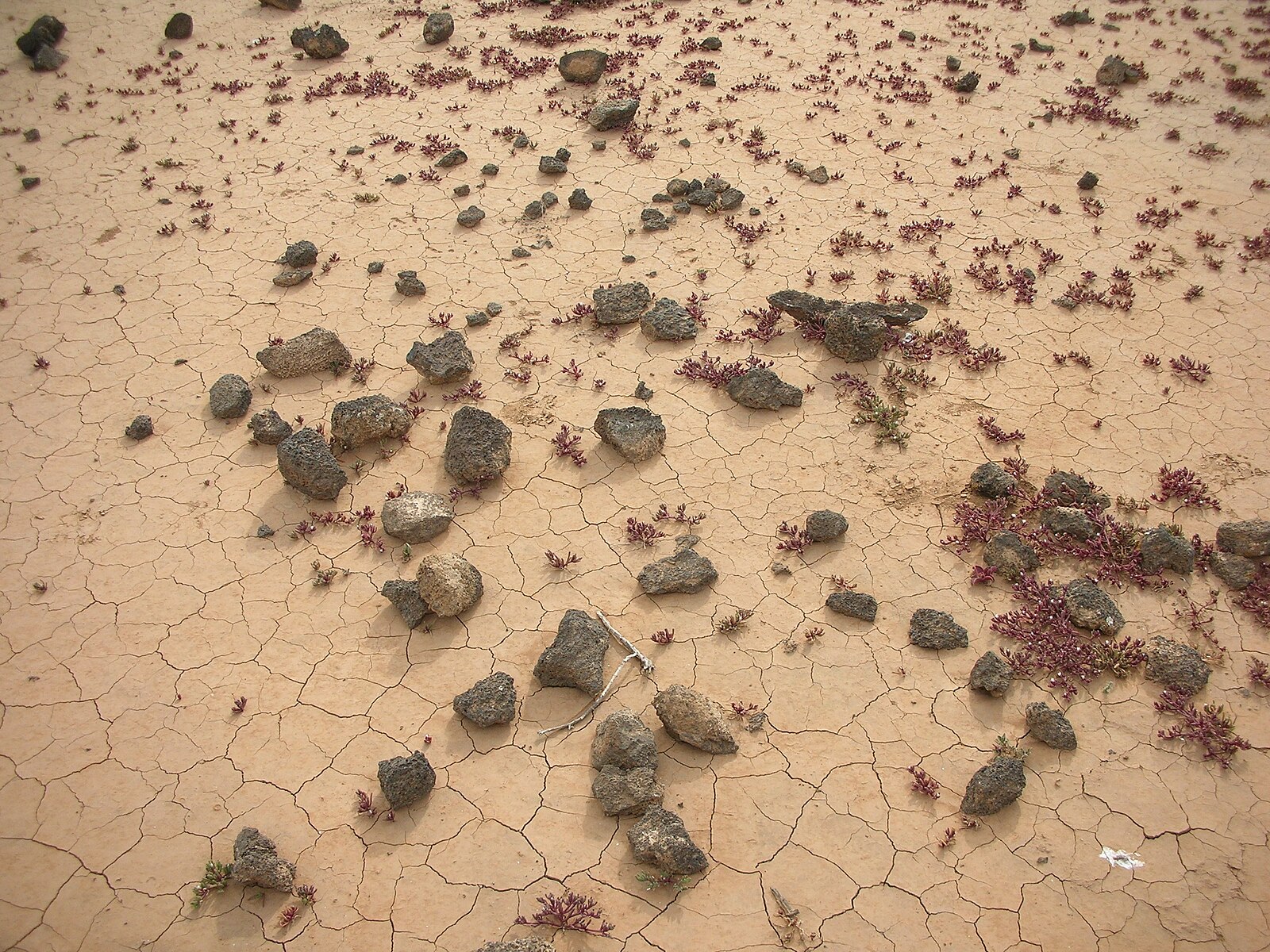
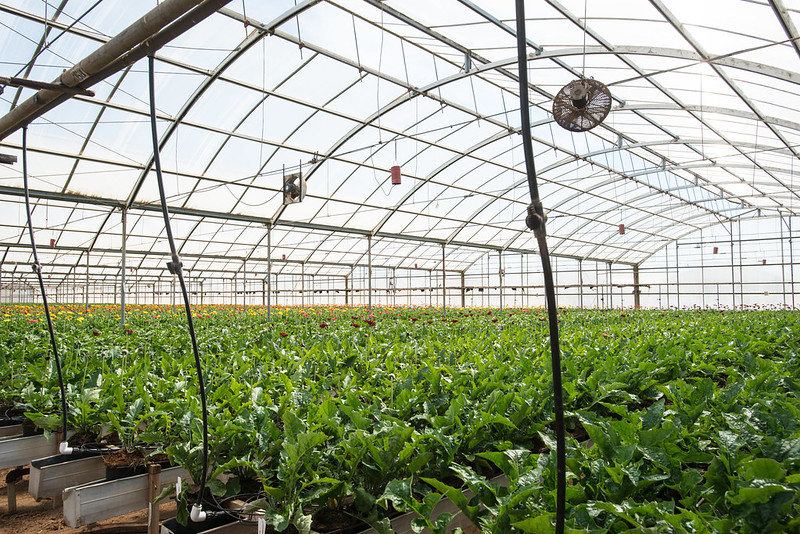
↑ Lobos Island desertification
↗︎ Hydroponic greenhouses with micro irrigation (USDA)
Climate emergencies will impact critical human systems in countless ways. Recent humanitarian disasters and pandemics show that emergency response cannot be reliant on donations or continuous government maintenance. While we must work to prevent tipping-point risks directly where possible, there are significant opportunities to build resilience in the human system by improving the knowledge and tools needed for warning systems, long-term planning, and deploying new solutions to problems like coastal vulnerability and desertification. Building resilience to catastrophic risks requires new ways of thinking about climate adaptation, and the conditions of deployment mean that sustained innovation is needed, with novel solutions combining science, engineering, policy, finance, and markets.
Read more
Approach
ARC will work to advance solutions that help prepare the world for potential emergencies by:
- Seeding efforts to identify scalable start-up opportunities that can attract private capital in key areas such as agriculture system transformation, precision cloud seeding, and rapid response water systems.
- Advancing efforts to develop the tools policymakers need to anticipate and plan for climate emergencies, despite deep uncertainties.
Impact
Resilience and preparedness will only go so far in the face of the truly catastrophic threats humanity faces, but even marginal improvements could impact the lives and livelihoods of 100s of millions of people. We will help to unlock government action and resources by enhancing understanding of the impacts, timing, and causes of climate emergencies among policymakers. Further, by demonstrating viable and scalable technologies that can address catastrophic impacts, we will help to unlock the potential of private capital to rapidly deploy and scale effective solutions.
Projects
Top image: NASA and JPL/Caltech